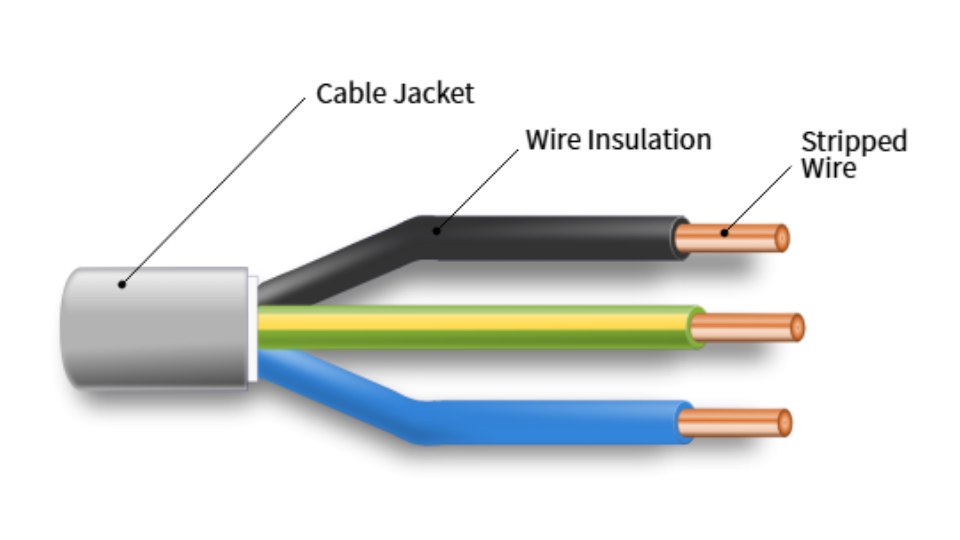Feeling lost when it comes to electrical cables? You’re not alone. Understanding what makes up a cable is crucial for safety and performance.
Electrical cables are complex assemblies typically composed of a conductor (usually copper or aluminum), insulation to prevent current leakage, and often a protective sheath or jacket for mechanical and environmental protection. Knowing these core components helps ensure you select the correct cable for any given application.
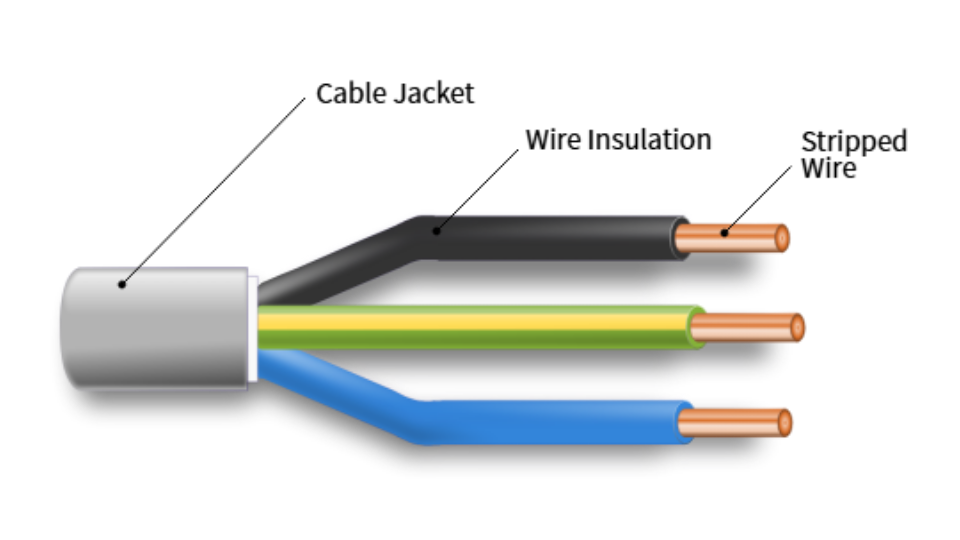
Learning about cables might seem like a small detail, but in my experience in manufacturing, these details make all the difference. Let’s dig deeper into what makes these essential parts of our daily lives work.
What material is generally used to insulate electric wires?
Worried about electrical hazards? Proper insulation is essential for safety. Incorrect insulation can lead to dangerous situations.
Common materials used to insulate electric wires include PVC, polyethylene (PE), cross-linked polyethylene (XLPE), and rubber, each chosen based on factors like voltage rating, temperature resistance, and environmental conditions. These materials prevent current from escaping, protecting users and equipment.
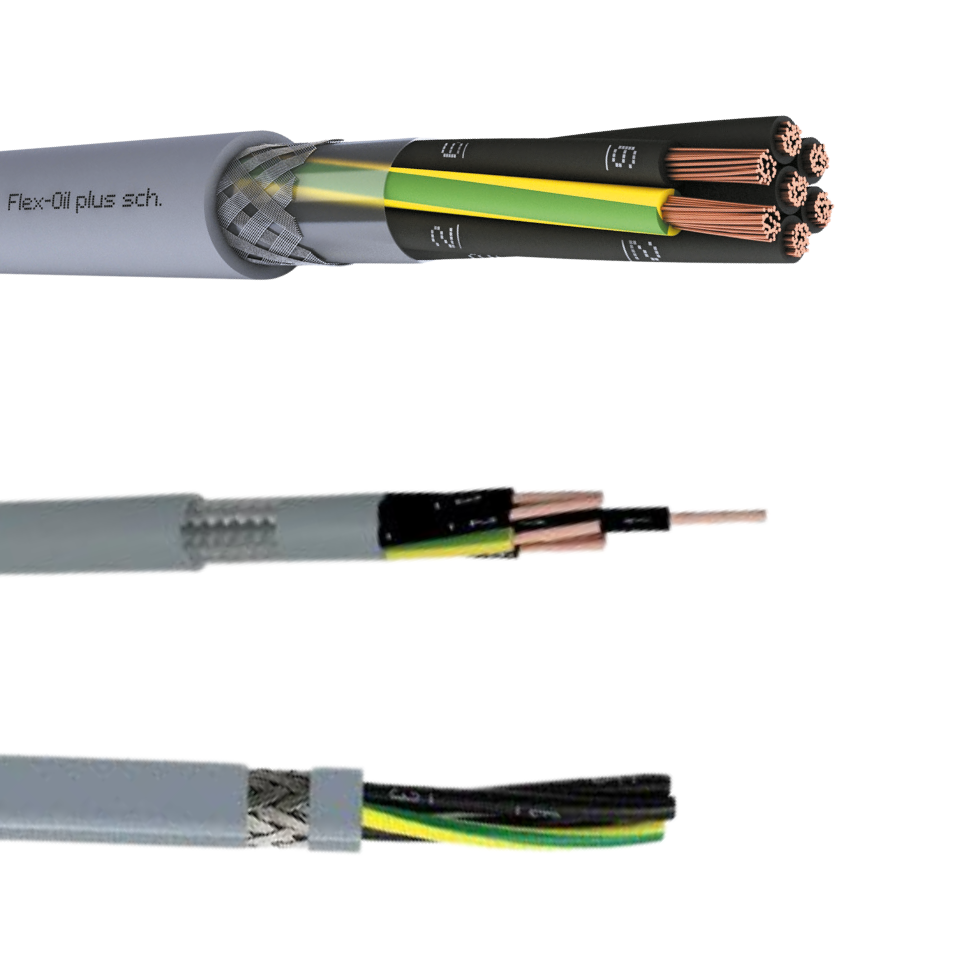
When I first started in the non-woven industry, seeing materials like polypropylene used for specific applications made me realize how important material science is. The same applies to cable insulation. Different materials serve different purposes.
Why do certain materials work better for insulation?
Insulation materials are chosen because they are good at stopping electricity. They have high electrical resistance. This means electricity cannot easily flow through them. Think of it like a wall that stops water.
- Polyvinyl Chloride (PVC[1]): This material is common because it is cheap and flexible. It resists oils, acids, and ozone. However, it can become stiff in cold weather. It might release harmful smoke if it burns.
- Polyethylene (PE): This material has good electrical properties. It is often used for high-frequency signals. It handles low temperatures well. But it can melt at high temperatures. It is also not as flame resistant as PVC.
- Cross-Linked Polyethylene (XLPE): This is a version of PE that is processed to make it stronger. It resists high temperatures better than standard PE. It also handles chemicals well. It does not melt easily. Because of these reasons, XLPE is often used for power cables[2].
- Rubber: Rubber materials are very flexible. They are good for cables that need to bend a lot. They also resist moisture. Examples include synthetic rubber[3] like Neoprene. However, rubber usually costs more. It might not handle very high temperatures as well as XLPE.
I have learned that selecting the right material for cable insulation is not simple. It depends on where the cable will be used. It also depends on how much electricity will pass through it. Each material has its own strengths and weaknesses.
What are the different types of cables?
Confused by all the different cables out there? Choosing the wrong type can lead to poor performance or even system failure.
Electrical cables come in many types, including but not limited to power cables, communication cables, and control cables, each designed for specific applications based on their structure, conductor material, and insulation. Understanding these categories helps ensure the right cable is used for the job.
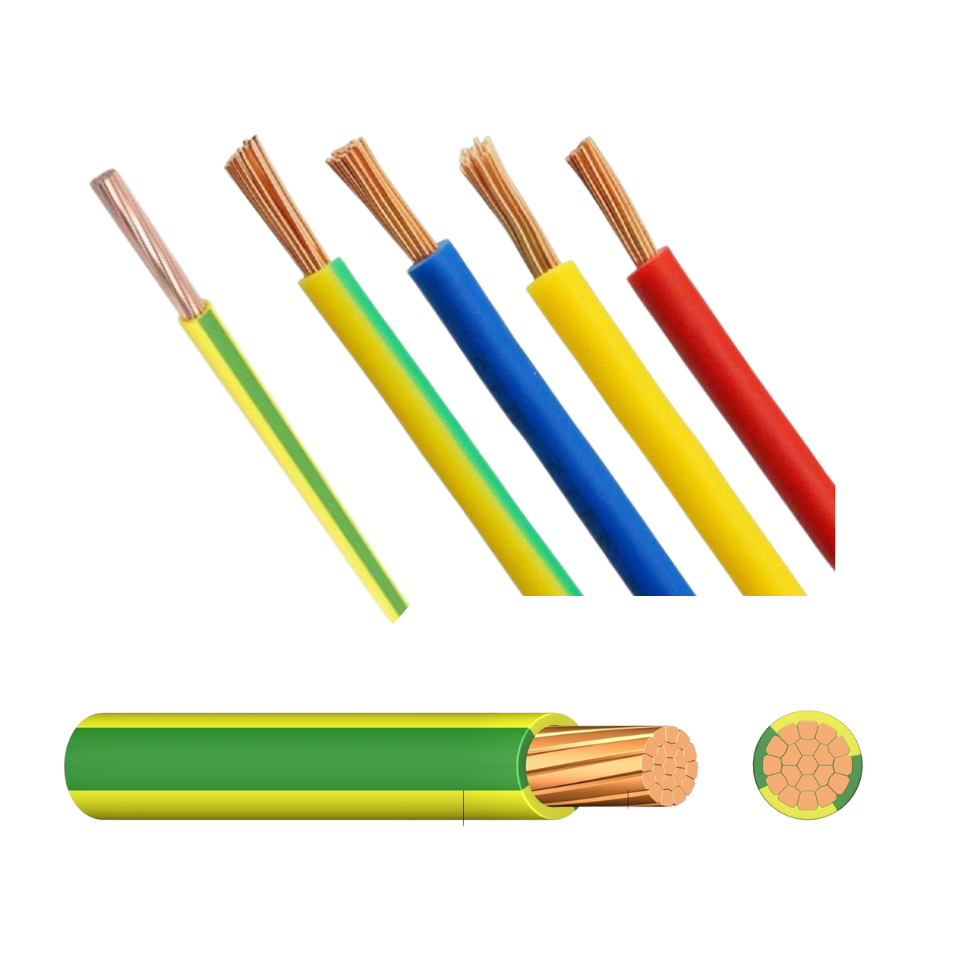
When working with clients at XYS Nonwoven, I often emphasize that "customized" means understanding the specific need. Cables are no different. They are engineered for very particular uses.
How do different cable types suit various uses?
Cable types are distinct because they are made for different functions. Their purpose determines their design.
- Power Cables: These cables move electricity from one place to another. They are usually thick. They have strong insulation[4]. This helps them carry a lot of power safely.
- Examples:
- Building Wires: Used inside homes and buildings. Like Romex cables.
- Underground Cables: Buried in the ground for power distribution.
- Overhead Lines: Used on utility poles.
- Examples:
- Communication Cables: These cables send data and signals. They are often thinner. Their design focuses on signal integrity[5]. This means the signal stays clear.
- Examples:
- Ethernet Cables: For computer networks. Like Cat5e or Cat6.
- Coaxial Cables: For internet and TV connections.
- Fiber Optic Cables: Use light to send data. Very fast.
- Examples:
- Control Cables: These cables send signals for controlling machines. They are often used in factories. They might have many small wires inside.
- Examples:
- Multi-core Control Cables: To connect industrial equipment.
- Instrumentation Cables: For sensors and measurement devices.
- Examples:
- Specialty Cables: Some cables are made for very specific conditions. These might resist fire. They might be very flexible. Or they might handle extreme temperatures.
- Examples:
- Fire-Resistant Cables: Used in emergency systems.
- High-Temperature Cables: For ovens or industrial furnaces.
- Submersible Cables: For use underwater.
- Examples:
Each type of cable is a specialized tool. It is like choosing the right fabric for a specific non-woven product. You would not use a delicate fabric for a tough industrial wipe, just as you would not use a communication cable for high-power distribution.
What is the function of electrical cables?
Wondering why cables are so important? Without them, very little would work. Their role is fundamental.
The primary function of electrical cables is to safely transmit electrical energy or signals from one point to another, ensuring minimal loss and protecting against hazards through robust insulation and protective jacketing.
They are the silent workhorses that power our modern world.
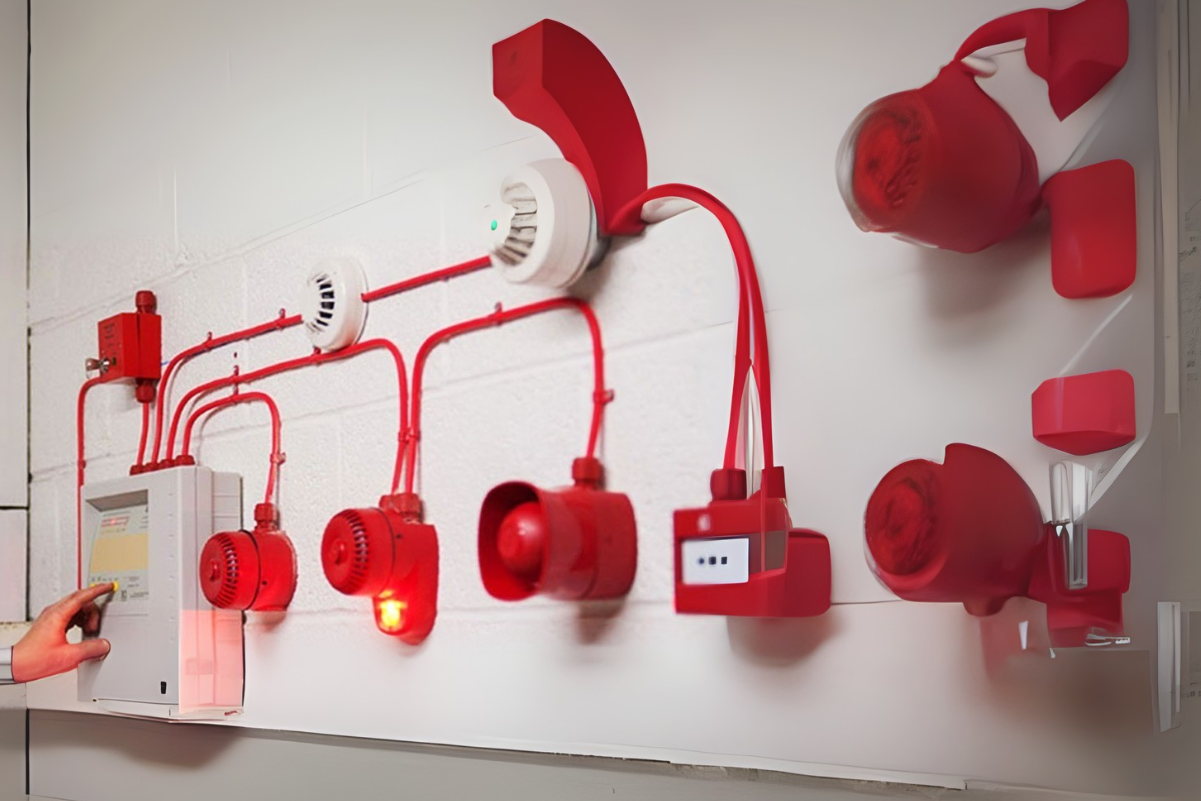
From the raw materials of non-woven fabrics to the finished product, every step has a function. Cables are the same. Each part has a job.
How do cables perform their essential functions?
Cables do more than just carry power. They must do it safely and efficiently. Their design ensures this.
- Conduction: The main job is to move electricity. The metal wire inside (the conductor[6])) does this. Copper is common because it lets electricity flow easily. Aluminum is lighter and cheaper but needs to be thicker for the same amount of power.
- Insulation: This is the safety layer. It stops electricity from leaving the conductor. If electricity leaks, it can cause shocks or fires. The insulation keeps the current contained.
- Protection: Cables are often covered by a protective jacket. This jacket shields the inner parts. It protects against physical damage. It also protects against water, chemicals, or sunlight. This helps the cable last longer.
- Signal Integrity: For communication cables[7], maintaining the signal quality is key. The design reduces interference. This ensures that data arrives clearly. For example, twisted pairs in Ethernet cables reduce crosstalk.
- Heat Dissipation: When electricity flows, it makes heat. Cables are designed to let this heat go away. If heat builds up, it can damage the cable. The size of the conductor and the type of insulation affect this.
In my work, I always think about total quality. For cables, it is not just if they work. It is if they work reliably and safely over time. This holistic view is necessary for any product.
What should I consider when choosing electrical cables?
Feeling overwhelmed by cable choices? Picking the wrong cable can be costly and unsafe.
When choosing electrical cables, factors like voltage and current ratings, environmental conditions (temperature, moisture), flexibility requirements, safety standards, and specific application needs must be carefully considered to ensure optimal performance and safety. A thorough evaluation prevents issues down the line.
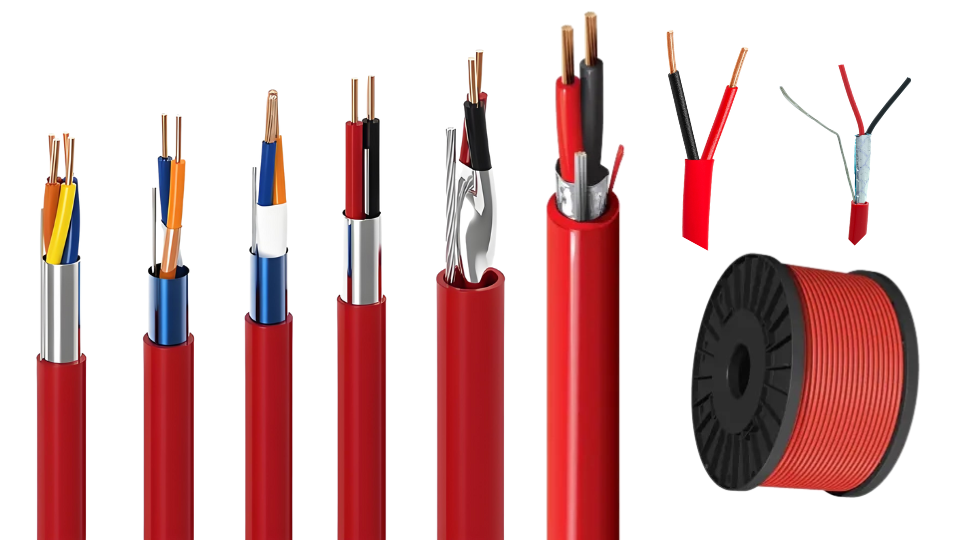
Jacky, as a procurement manager, understands that making the right choice saves money and prevents headaches. It is about more than just price. It is about value and reliability.
What are the key factors for cable selection?
Choosing the right cable is like selecting the best material for a custom non-woven solution. You need to match the product to its intended use perfectly.
Here are the critical factors:
- Voltage and Current Rating:
- Voltage: The cable must handle the maximum voltage it will carry. If the voltage is too high, it can break down the insulation.
- Current: The cable must carry the required current without getting too hot. Conductors need to be thick enough. Too much current for a thin wire causes overheating and potential fires.
- Environmental Conditions:
- Temperature: Will the cable be in a hot or cold place? Insulation materials have temperature limits.
- Moisture/Water: Is there a risk of water exposure? Some cables are waterproof.
- Chemicals/Oils: Will the cable be near chemicals? The jacket material must resist them.
- UV Light: If outdoors, will it be exposed to sunlight? UV-resistant jackets prevent degradation.
- Flexibility and Mechanical Stress:
- How often will the cable be bent or moved? Flexible cables are needed for moving parts. Stiff cables are for fixed installations. Repeated bending can damage stiff cables.
- Safety Standards and Certifications:
- Always check if the cable meets relevant industry standards. These standards ensure safety and performance. Examples include UL, CE, and RoHS. For specific applications like medical devices, even stricter certifications might be needed. Jacky would always look for these.
- Application-Specific Needs:
- Power: How much power is needed? Is it AC or DC?
- Data: What data speed is required? How far does the signal need to travel?
- Control: What type of signals are being sent? Is interference a concern?
- Cost vs. Quality:
- While cost is important, quality and reliability are more important for critical applications. A cheaper cable that fails can lead to much higher long-term costs. Jacky knows that investing in quality upfront pays off.
Making the right choice involves balancing all these factors. It is about long-term thinking, not just short-term savings. For demanding applications, paying for quality and reliability is a worthwhile long-term investment.
Conclusion
Electrical cables combine material science, electrical engineering, and precision manufacturing. Understanding their composition, performance, and specific applications is crucial for making informed decisions. Choosing the right cable ensures electrical safety and stable equipment operation.
[1]: Explore the pros and cons of PVC insulation to make informed choices for your electrical projects.
[2]: Explore the role of power cables in electricity distribution and their specific uses.
[3]: Discover why rubber is a popular choice for flexible and moisture-resistant cable insulation.
[4]: Discover the significance of insulation in preventing electrical hazards and ensuring safety.
[5]: Learn about the techniques used to ensure signal integrity in communication cables.
[6]: Learn about the materials used as conductors in cables, which are crucial for efficient electricity transmission.
[7]: Learn about the different types of communication cables and their importance in data transmission.

